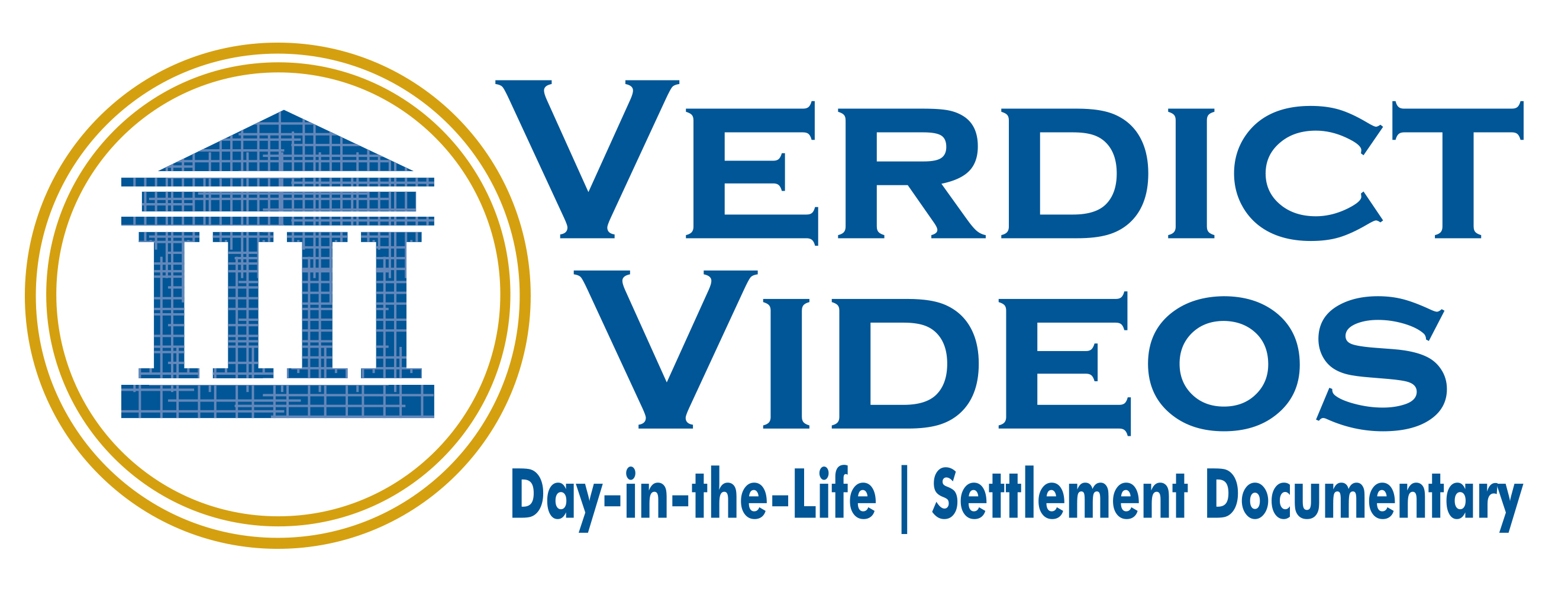Landmark Achievement – $220 Million Settlement
CONTAMINATED EPIDURAL STEROID INJECTIONS fungal meningitis outbreak that started in May 21, 2012 and is linked to 64 deaths, with a total of 1400 victims. NECC recalled more than 2,000 products after distributing 17,000 vials of methylprednisolone for injection contaminated with fungi to 23 states.
Based on her substantial experience with mass tort bankruptcies, Anne Andrews began to plan a strategy for the anticipated Chapter 11 bankruptcy of NECC. Ms. Andrews understood that although the inevitable bankruptcy petition by NECC would fundamentally change the litigation, it would create a unique opportunity: Chapter 11 bankruptcy would permit the centralization of tort claims and provide a mechanism to offer third-party defendants a settlement with closure of all claims—both current and future. This unique bankruptcy remedy of third-party releases would incentivize non-debtor defendants to contribute to the Chapter 11 plan and global fund in exchange for a global release of liability.
The strategy of amassing a global fund from settlements with debtors and non-debtor third parties was successfully used in In re TL Administration Corporation (Chapter 11) and other mass tort bankruptcies (Twinlab Model). Ms. Andrews educated and coordinated with other plaintiffs’ attorneys to execute the following goals in furtherance of the Twinlab Model: first, remove the perpetrators from control and force the debtors into bankruptcy; second, file avoidance actions and freeze assets; third, assemble a team to manage and negotiate tort claims against all responsible parties, including NECC owners, affiliated companies and insurers and third-party non-debtors.
Largely through Anne’s efforts, the Twinlab Model became the methodology utilized to achieve the successful resolution of the case. The Official Committee made a formal resolution incorporating the model. Subsequently the Official Committee entered into a written agreement with the Plaintiffs’ Steering Committee to jointly prosecute for the benefit of the victims in accord with its principles.
Ms. Andrews and her firm were the principal architects and negotiators of the High Point and Inspira settlements: they developed expert witnesses, theories of liability, and damages presentations and designed the allocation procedures.
Ms. Andrews’ successful resolutions with third-party non-debtors essentially doubled the global settlement fund.

